Krubera Cave is so deep that it has (rightfully so) earned the nickname of being the ‘Everest’ of all cave systems. There are many areas on earth that still remained unexplained and unexplored, such as the deepest parts of the ocean, and intricate cave systems are no different. While there’s an air of mystery and intrigue to a cave such as this one, which bottoms out at a depth of 7,208 feet, there’s also a level of risk and danger associated with being that far underground.
That’s not to say that attempts haven’t been made to reach this cave’s depths and each year, new teams attempt to ‘summit’ to its bottommost point. However, the intricacy of the cave combined with building pressure the lower one descends leads to complicated trips. Only those who are abundantly prepared and knowledgable in the inner workings of caves such as this are permitted to attempt the descent and even then, it’s not an easy journey. Krubera was only discovered in 1960, making it a fairly recent discovery in terms of other geological wonders. It’s located in Abkhazia near the Black Sea and was only declared the deepest cave on earth back in 2001, until which the Lamprechtsofen cave previously held the title.
Inside The Cave’s Depths
This cave is truly an incredible demonstration of what life looks like deep underground. At depths that humans rarely see, the inner workings of Krubera Cave are like something out of a movie and its landscape seems surreal. Cave explorers must be lowered down to its depths and rather than having dry tails like many shallow caves, Krubera has a sump at the bottom, which is basically a water-filled basin. This pit isn’t the only place where water is found in the cave and experts have even found a frozen waterfall that accounts for more water drainage, leading to more chambers that are filled with icy H2O. This frozen waterfall is only one of its tremendous features, however.
The underground channels in the cave are nearly impossible for any human to squeeze through or attempt to navigate without some indication of direction, turning it into a literal labyrinth. This underground network of channels and tunnels is water-filled and precise with no telling where turns will go or where each route will empty into. In 2005, National Geographic assembled their own global team to attempt to map out some, if not all, of this cave’s intricate network system. They came back with incredible photos and recordings of the expedition as well as a detailed map of all the areas they were able to explore. Even after all of that, however, the cave still has not been explored in its entirety.
Years later in 2012, a professional diver by the name of Gennadiy Samokhin add his own exploration to the list of known channels in the Krubera Cave. He made it to the terminal sump was grand enough that it made way for a new world record regarding cave diving and Krubera Cave, becoming the biggest, – boldest – act of exploration to date for depths such as these.
The area where Krubera is located isn’t easy to get to by any means, either. It’s in a remote area of Abkhazia, in the Arabika Massif Mountains. Knowing this, it’s easy to understand why the entire area – even above ground – of Abkhazia has been under-explored, leading to plenty of mystery and curiosity around both the cave and its immediate surroundings. One thing that’s no longer a mystery about the cave, however, is about the type of creatures that dwell in it. This is limited to microorganisms and insect life, which includes spiders, beetles, scorpions, and even shrimp. In order to reach the bottom of the cave where these creatures dwell, it took teams a whopping two weeks to slowly descend to such depths.
Not only is this cave in a remote location, but it takes an extraordinary amount of time – and a brave team – to make discoveries such as this. There’s still much left that’s unknown regarding Krubera and interestingly enough, it’s not the only cave that remains wholly unexplored. Comparable to the Mariana’s Trench, Krubera will likely remain a mystery until scientists can decipher a way to explore its subterranean channels without posing significant risks to the divers whose job it is to map out these tunnels. Until then, all we know is what we have, and what we have is a mystery that exceeds any other cave depth on this earth.

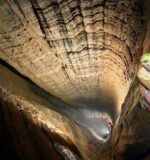
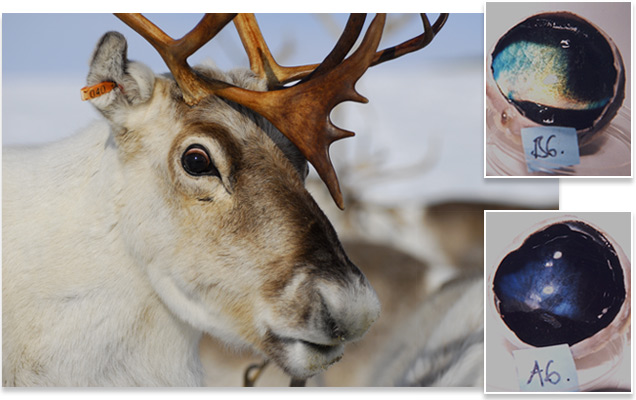
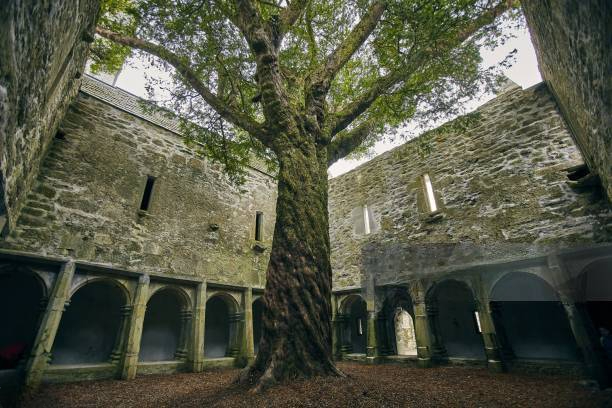
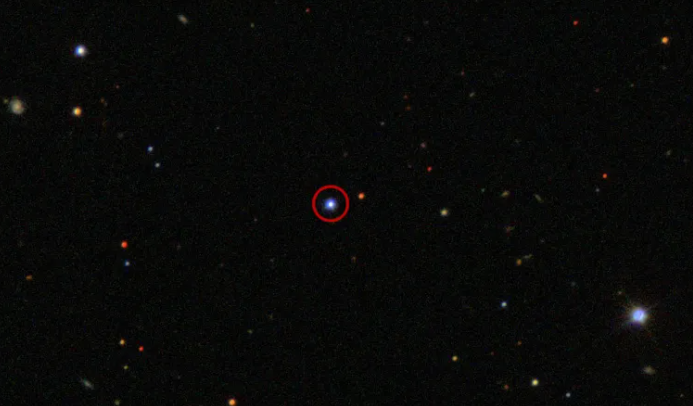
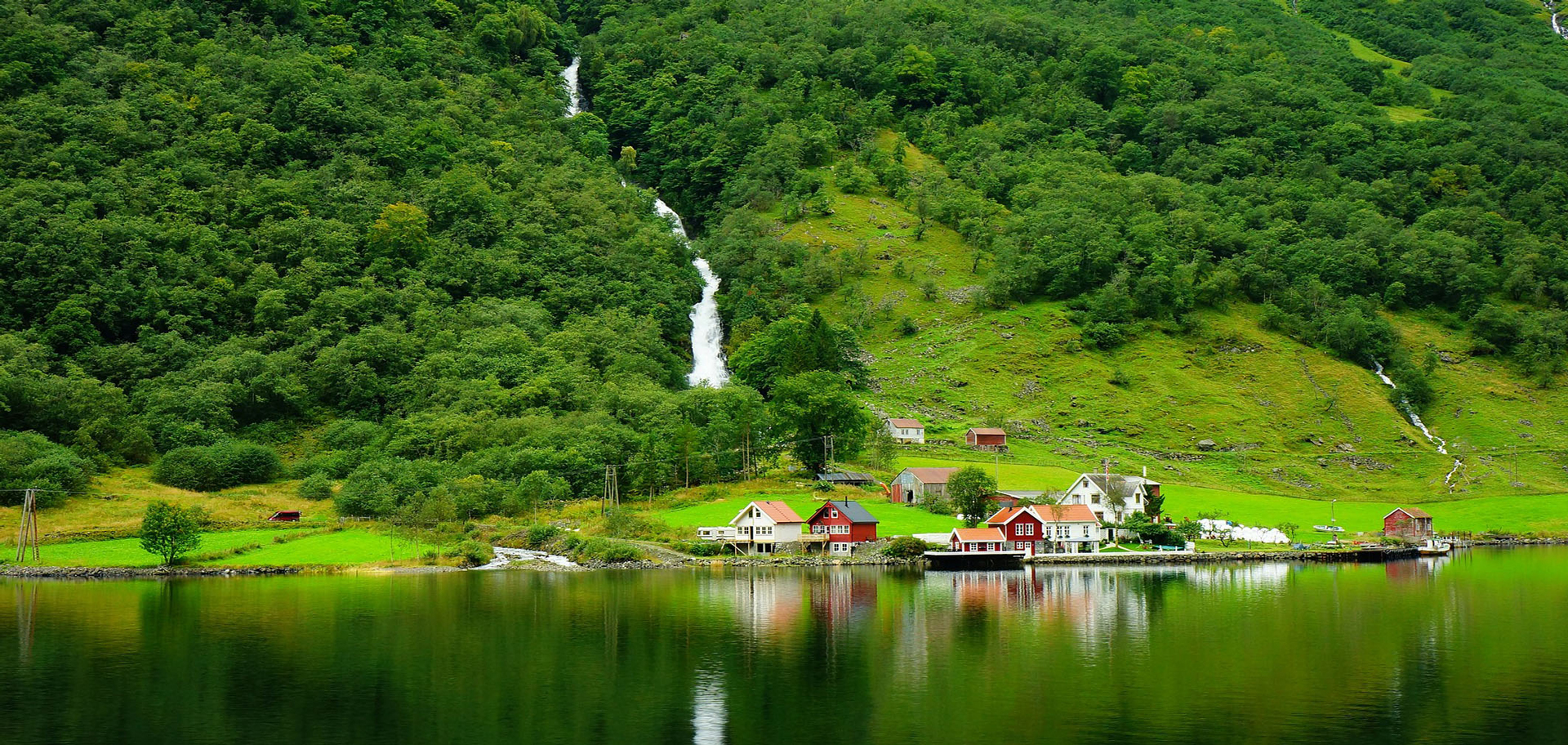


 Photographer Finds Locations Of 1960s Postcards To See How They Look Today, And The Difference Is Unbelievable
Photographer Finds Locations Of 1960s Postcards To See How They Look Today, And The Difference Is Unbelievable  Hij zet 3 IKEA kastjes tegen elkaar aan en maakt dit voor zijn vrouw…Wat een gaaf resultaat!!
Hij zet 3 IKEA kastjes tegen elkaar aan en maakt dit voor zijn vrouw…Wat een gaaf resultaat!!  Scientists Discover 512-Year-Old Shark, Which Would Be The Oldest Living Vertebrate On The Planet
Scientists Discover 512-Year-Old Shark, Which Would Be The Oldest Living Vertebrate On The Planet  Hus til salg er kun 22 kvadratmeter – men vent til du ser det indvendigt
Hus til salg er kun 22 kvadratmeter – men vent til du ser det indvendigt  Superknepet – så blir snuskiga ugnsformen som ny igen!
Superknepet – så blir snuskiga ugnsformen som ny igen!  Meteorite That Recently Fell in Somalia Turns Out to Contain Two Minerals Never Before Seen on Earth
Meteorite That Recently Fell in Somalia Turns Out to Contain Two Minerals Never Before Seen on Earth  Nearly Frozen Waves Captured On Camera By Nantucket Photographer
Nearly Frozen Waves Captured On Camera By Nantucket Photographer  It’s Official: Astronomers Have Discovered another Earth
It’s Official: Astronomers Have Discovered another Earth 
prijtw
goqznw
l5xay2
pp50e8